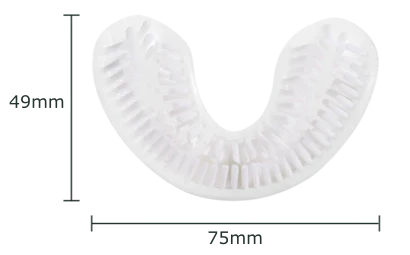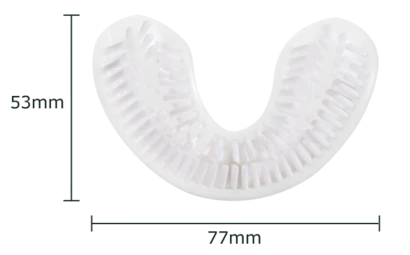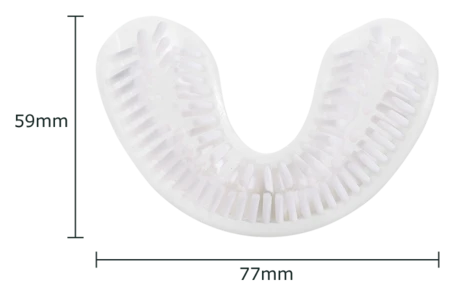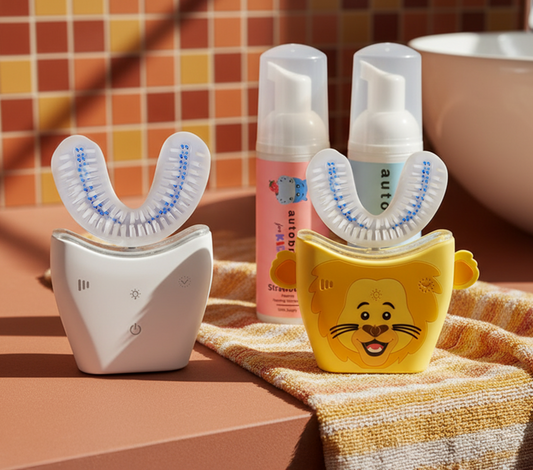
What Causes Cold Sensitivity in Teeth?
Cold sensitivity often strikes when the protective layers of your teeth wear down, exposing the dentin underneath. Dentin has small pathways that link to your nerves. This is why you feel a zing when exposed to extreme temperatures.
This issue, called dentin hypersensitivity, often arises from:
- Enamel erosion that leaves dentin vulnerable to temperature changes.
- Receding gums that expose roots, which lack enamel protection.
- Tooth decay or cavities that create cracks or holes, exposing nerves to cold.
- Worn fillings that break down over time and leave inner layers unprotected.
- Teeth grinding, which wears away enamel and exposes sensitive areas.
- Dental procedures that can temporarily heighten sensitivity, like whitening or cleanings.
Other factors, such as acidic foods, smoking, or poor oral hygiene, can make the problem worse. Recognizing these culprits is the first step in managing your discomfort.
How to Manage Sensitive Teeth
If cold sensitivity is taking the joy out of your favorite treats, there are plenty of ways to find relief. Here’s a practical list to get started:
- Brush gently to avoid further enamel erosion. Use a soft-bristled toothbrush for the best results.
- Use desensitizing toothpaste to block nerve pathways and reduce sensitivity over time.
- Avoid whitening products that can strip enamel and make the problem worse.
- Try fluoride treatments to strengthen enamel and protect dentin.
- Wear a mouthguard at night to prevent enamel damage caused by teeth grinding.
- Limit acidic foods and drinks that can weaken enamel over time.
- Rinse with salt water to soothe sensitivity and support gum health.
- Visit your dentist regularly to catch problems early and maintain healthy teeth.
Tailoring these solutions to your habits and needs is essential. If sensitivity persists, it might be time to seek professional care.
Why Autobrush is a Game-Changer for Sensitive Teeth
Finding the right tools for oral care can make a huge difference in managing sensitivity. That’s where the Autobrush Sonic Toothbrush comes in.
The Sonic Toothbrush features soft, tapered nylon bristles. These bristles clean your teeth well while being gentle on enamel. Its unique U-shaped design cleans all areas of your teeth at once. This reduces the chances of missing spots and causing discomfort.
Pair it with the Autobrush Foam Toothpaste for a complete oral care routine. This foam toothpaste is fluoride-based and free from harsh ingredients, making it perfect for those with sensitive teeth.
When to See a Dentist
If your sensitivity lasts or gets worse, it might mean something more serious. This could include deep cavities or major gum recession. A dentist can:
- Diagnose the issue and recommend targeted treatments.
- Apply bonding, crowns, or fluoride varnishes to protect sensitive areas.
- Offer expert advice to ensure long-term comfort and healthy teeth.
Preventing Sensitivity in the Future
Good habits go a long way in keeping sensitivity at bay. Follow these tips to protect your smile:
- Brush and floss daily to remove plaque and prevent enamel erosion.
- Eat enamel-friendly foods like cheese and yogurt to strengthen teeth.
- Chew sugar-free gum to increase saliva and protect against acids.
- Stay hydrated to maintain saliva levels and wash away debris.
Consistency is key. By sticking to a solid oral care routine and making thoughtful dietary choices, you can keep your teeth healthy and strong.
Take Charge of Your Oral Health
Cold sensitivity doesn’t have to rule your life. You can make a big difference by adopting gentler brushing habits, changing your toothpaste, or visiting a dentist.
With tools like the Autobrush Sonic Toothbrush and supportive products like the Foam Toothpaste, relief is closer than you think. Your teeth work hard for you, so why not show them a little love?
A healthier, pain-free smile is well within reach.












